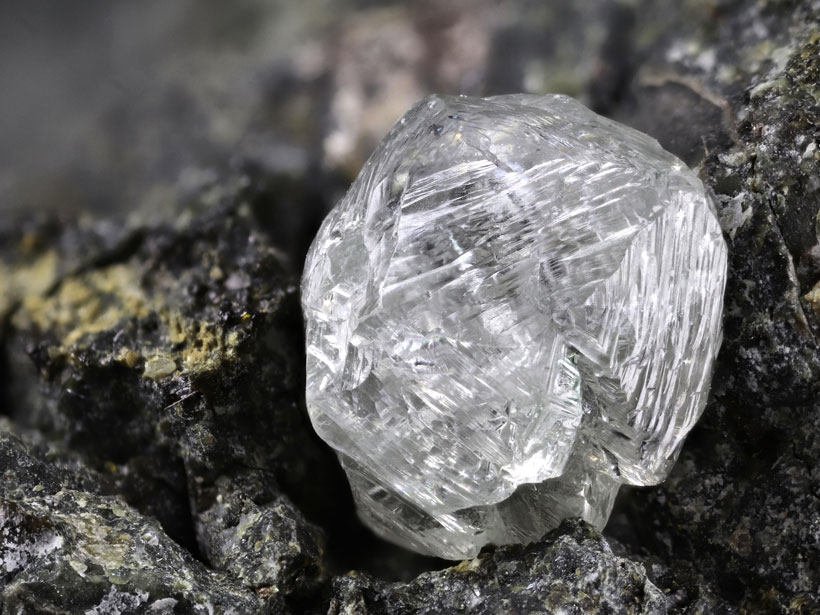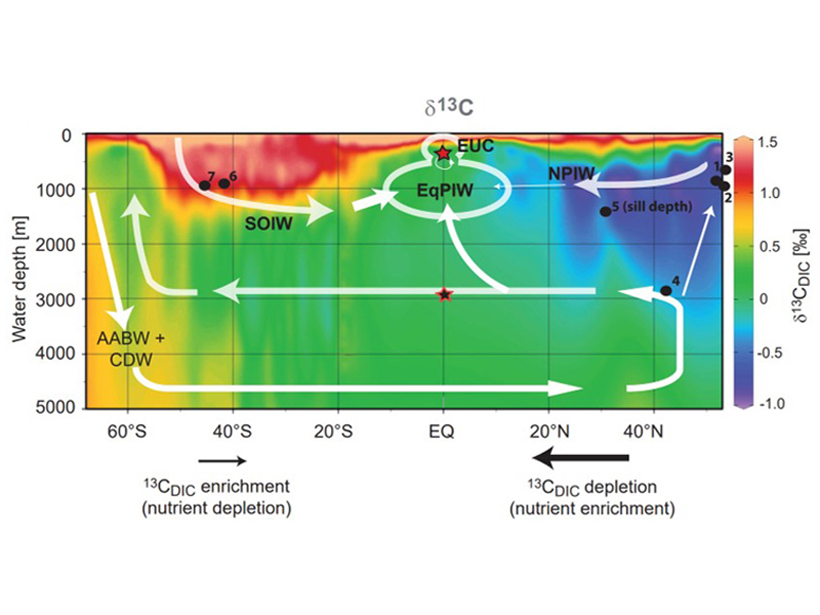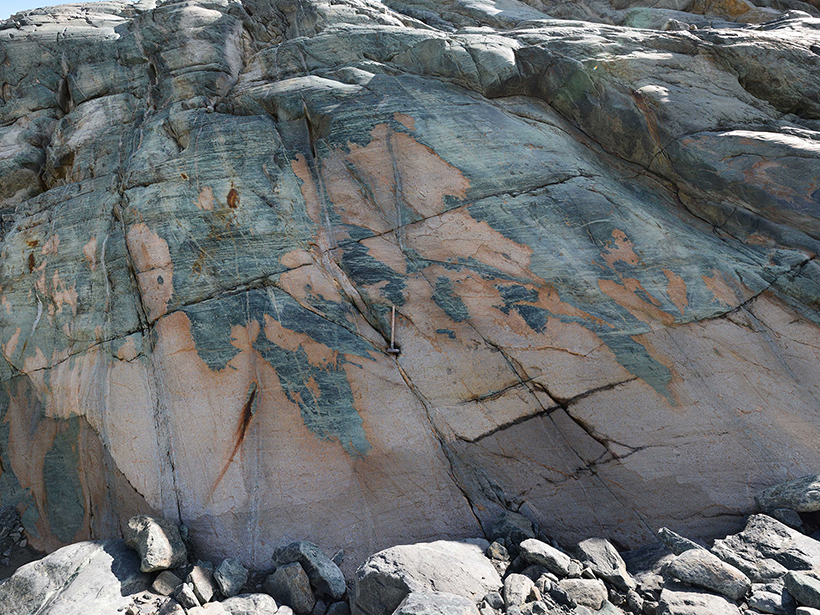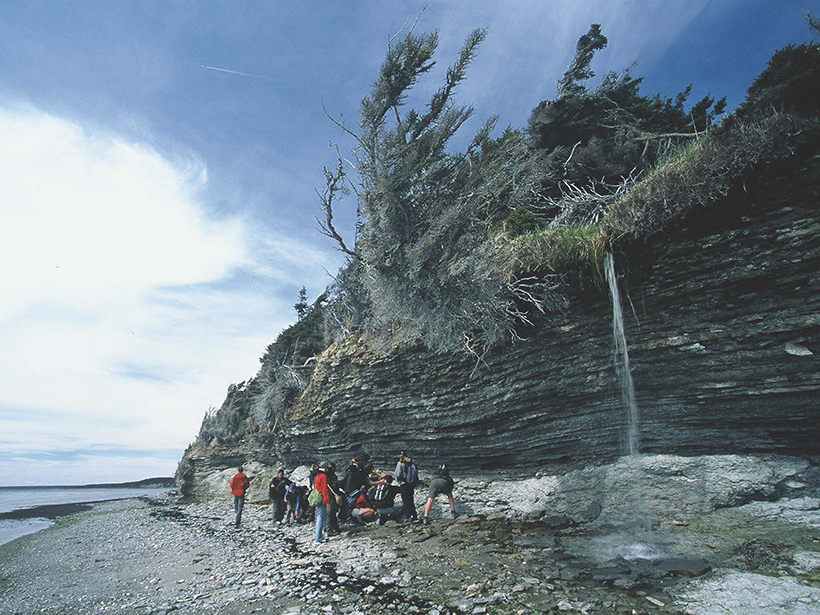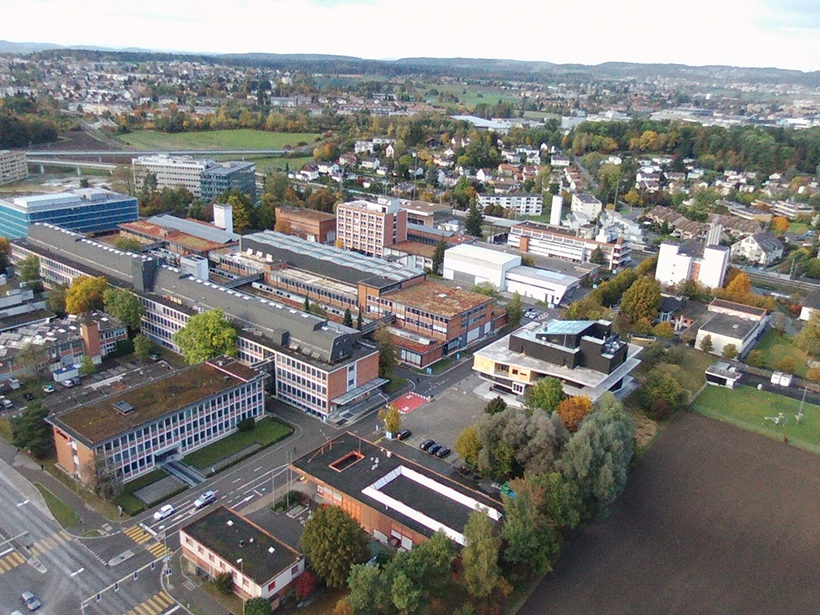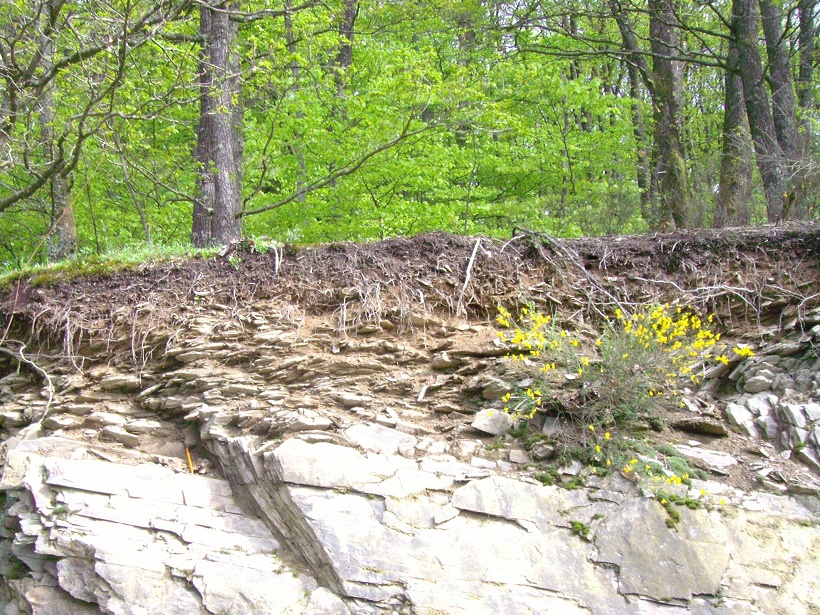A high-pressure form of ice, trapped within diamonds forged in the lower mantle, suggests that aqueous fluids reside deeper in Earth than we knew.
geochemistry
History of Water on Mars’s Surface Is Longer Than We Thought
Curiosity’s two-step heating experiment of mudstone at Gale crater reveals minerals that formed in the presence of water less than 3 billion years ago.
“North Pacific Nutrient Leakage” During Glacials
Carbon isotope data suggest an alternative source of nutrients to the Eastern Equatorial Pacific during glacial periods.
Manning and Marty Receive 2017 Norman L. Bowen Award
Craig Manning and Bernard Marty will receive the 2017 Norman L. Bowen Award at the 2017 American Geophysical Union Fall Meeting, to be held 11–15 December in New Orleans, La. The award recognizes “outstanding contributions to volcanology, geochemistry, or petrology.”
Scientists Simulate New Mechanism of Fluid Flow in Earth’s Crust
Three-dimensional high-performance computer modeling reveals the behavior of fluid transport waves generated by chemical reactions that take place during metamorphism.
Clues Found That Earth May Have a Thermostat Set to “Habitable”
Weathering of rocks can control Earth’s temperature over geologic timescales, new geochemical data suggest.
Detecting Gas Leaks with Autonomous Underwater Vehicles
A Norwegian team develops an improved, cost-effective method to detect chemical discharges under the sea.
Tiny Particles with Big Impact on Global Climate
A recent paper in Reviews of Geophysics suggests that new understandings of secondary organic aerosol may require a rethinking of atmospheric chemistry-climate models.
New Technique Could Help Scientists Track Nitrous Oxide Sources
A long-term study in Switzerland reveals the promise of a new method to determine isotopic composition of the potent greenhouse gas.
Tracing Water Through the Critical Zone
The authors of a recent paper in Reviews of Geophysics describe how isotope hydrology offers new insights into interactions at the interface between soil, vegetation, and the atmosphere.

